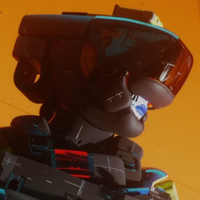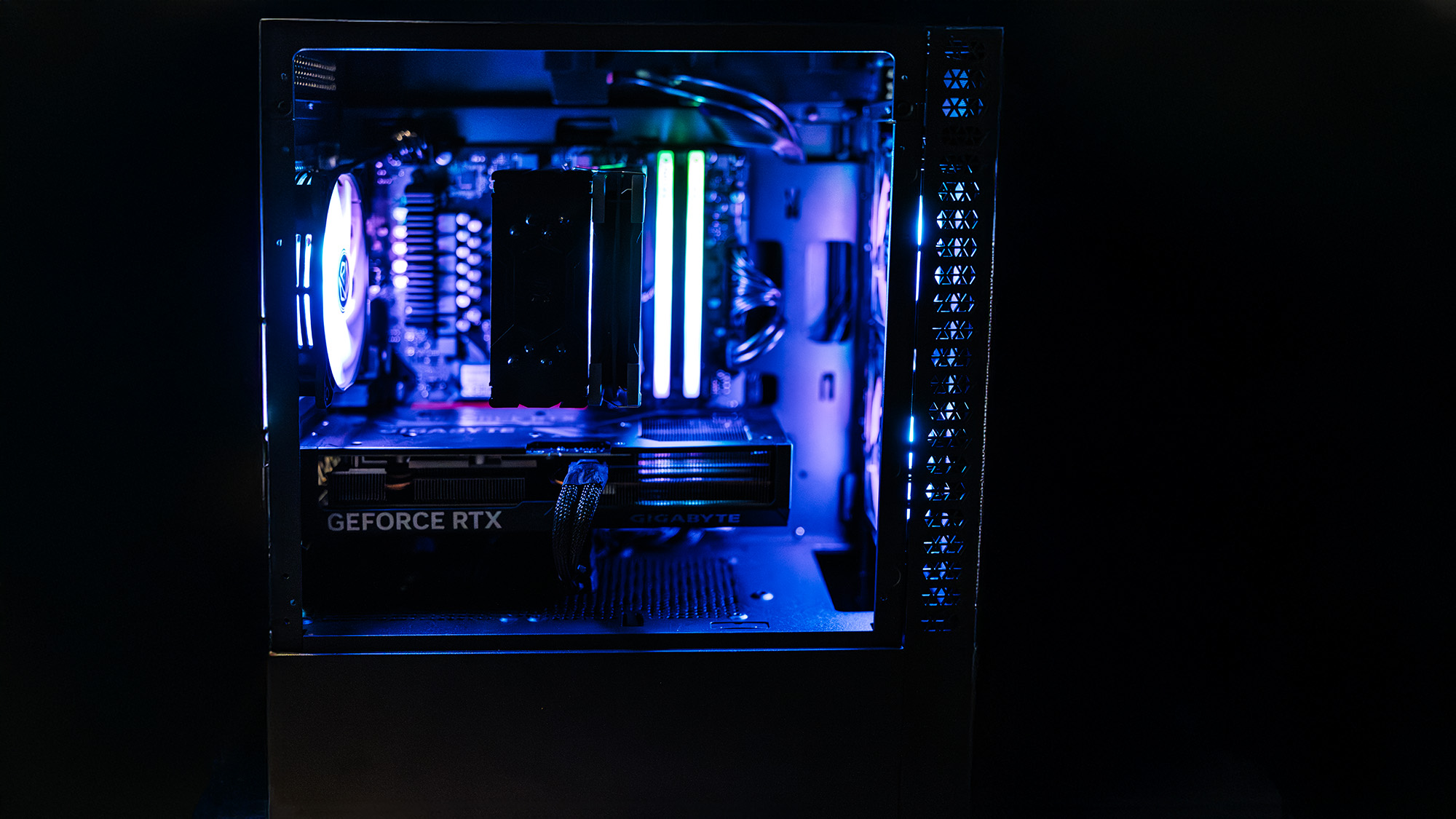After thousands of hours in Destiny I had serious concerns about Bungie's Marathon reboot, but now I've played it my worry isn't whether or not it will be good

Here's the easy part: Marathon is an extraction shooter in which crews of three runners race against the clock, using 3D-printed cybernetic bodies to strip resources from a mysteriously abandoned colony on Tau Ceti IV. In your way stand teams of rival runners, robot forces left behind by the colony's owner, the Unified Earth Space Council (UESC), and even some local alien wildlife. Marathon is also Bungie's first non-Destiny release in 11 years, and as such is one of the most hotly-anticipated games of 2025.
The early buzz centred on its startling art style—screaming acid colorways and blocky industrial shapes—which all but guarantees Marathon will be the best looking extraction shooter when it launches on 23 Sept. Having now spent a couple of days playtesting, I'm also confident enough to say it's going to be a good game. It may even be a great one, largely thanks to the secret sauce that makes combat in Bungie shooters feel so good.
Now here's the hard part: All of that might not be enough to make Marathon a success.
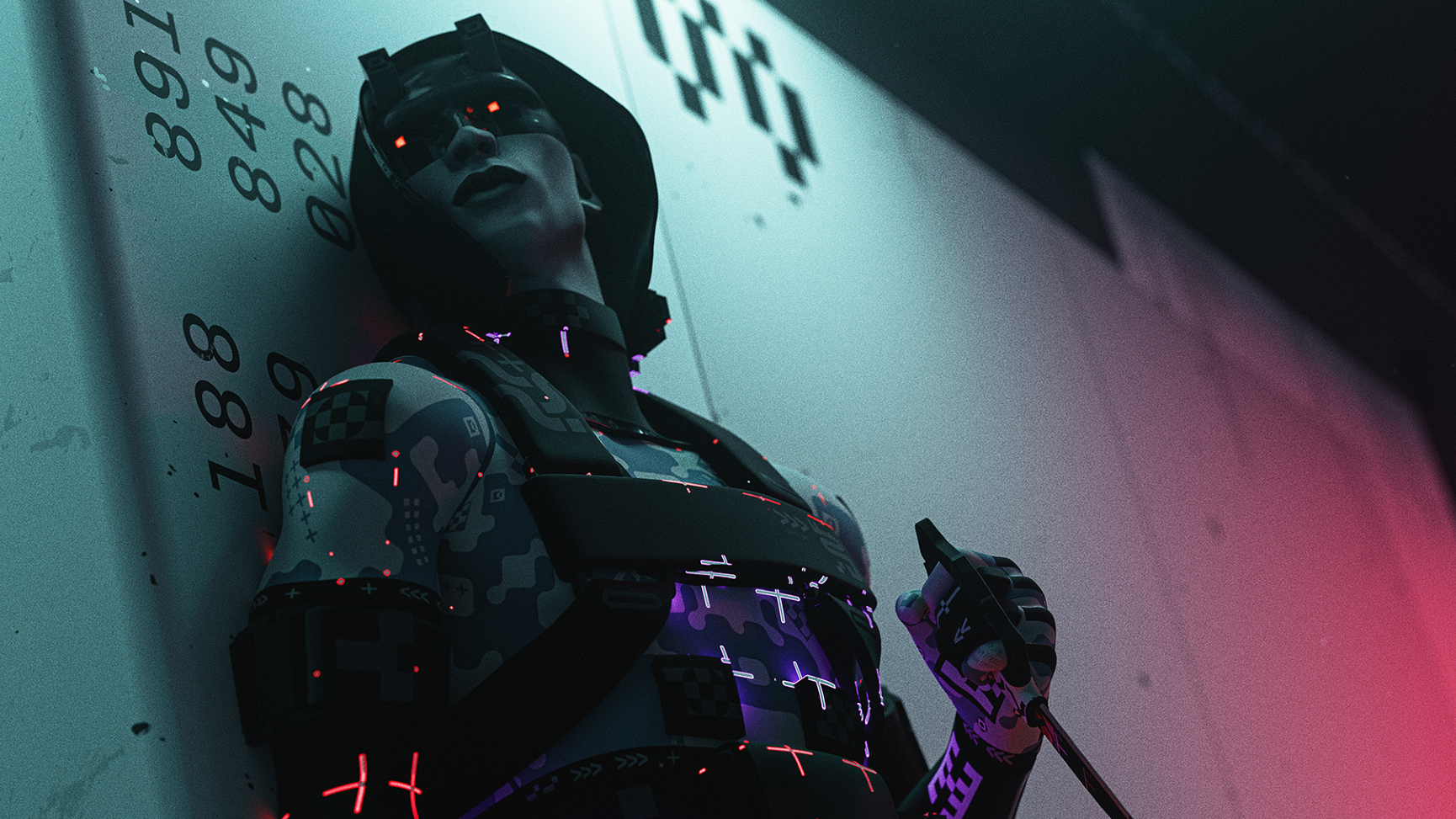
Does it have dedicated servers?
Yes, unlike Destiny which uses a hybrid of client-server and peer-to-peer networking, Marathon has been built for dedicated servers from inception. It was a non-negotiable from the design team.
Is there a solo queue playlist?
No. Marathon has been built around the three-person crew format. However, you can queue as a solo or duo by switching off the crew autofill option. Just know that you will be at a severe disadvantage.
How does loot rarity work?
The standard common, rare, epic system applies with the corresponding colours you're used to. What determines a base weapon's rarity is actually the number of attachments on it.
Do weapons have durability?
Yes, but not in the usual way. Weapons have a hidden durability stat that ticks down when they change hands (ie you die and someone takes it). Once the counter reaches zero, the weapon blips out of existence. The idea is to prevent the economy getting bloated with the best guns over a season.
Is proximity chat enabled?
No. Bungie is interested in the idea, but has to factor in the capacity for it to create horrendous experiences. An additional wrinkle is current EU law, which means players need to be able to instantly block problematic players.
What anti-cheat does it use?
BattlEye, which is the same as Destiny.
Is there disconnect protection?
Yes, in the sense that the AI will fill in for you while you try to reconnect. But if it dies, so do you. Bungie wants to help protect against actual outages, not create an incentive to yank out your ethernet.
Before we get to the hurdles in Marathon's way, let's break the gameplay down. Each trip to Tau Ceti IV lasts up to 25 minutes. At the beginning of a run you're given an exfiltration point to reach. Along the way you can choose to investigate any of the other points of interest on the map, taking on events like UESC incursions, solving simple puzzles (think matching computer terminals), and even tackling what Bungie describes as boss encounters. The only one of these I ran into involved a bunch of particularly beefy UESC robots hunkered down in a red dome that did damage over time. Marathon's AI enemies are surprisingly aggressive, and will chew you up fast if you get complacent.
Objectives can be pinged for teammates, but how much risk you want to take is down to you. It's possible you snag a couple of decent bits of gear early and decide to book it to the exfil point, praying not to get mugged by players along the way. At the other end of the spectrum, you might have already whittled down the number of competing crews and opt to harvest as much from the map as possible, leaving with a mammoth haul of weapons, credits, and consumables. The kicker is that each time you fail to extract, you lose all of your loot. This is not unusual for an extraction shooter, which are inherently brutal by design, but even Soulslikes give you one shot at getting your gear back.
Marathon doesn't tell you when you're the last team standing so, with imperfect map knowledge, the threat of encountering other players is a constant tension. My adrenaline spiked each time I heard a 'runner spotted' warning. It was especially pronounced during the final 30 seconds while posted up around the extraction flare waiting for rescue. If all three of you jump into the circle it'll cut the timer down to 10, but then of course you're even more exposed to a perfectly-placed grenade and heartbreak.
For the bold, it's possible to hijack another team's extraction by dashing into the circle at the last second. Downed players can also claw their way into its radius, provided the other team doesn't make a killshot, which makes for some rowdy after-action stories. The Faustian Pact of Marathon's risk/reward dynamic is that each time you make it out will feel spectacular, but the late losses are just as heartbreaking. Arguably even worse are the runs where you spend 10 minutes gathering gear only to get team wiped while barely registering a shot. The emotional result is that Marathon's highs are mountainous, but the lows feel like you're at the bottom of the Mariana Trench.
The biggest gaming news, reviews and hardware deals
Keep up to date with the most important stories and the best deals, as picked by the PC Gamer team.
Bungie says the expected survival rate on a typical map is under 50%, which means even good players should expect to die a lot. Failure is baked into the genre's DNA, which I worry will see a lot of casual players bounce straight off. I can certainly confirm that a string of bad beats during the first day had me ready to tilt all the way out of the solar system.
(Watch my full hands-on preview below.)

Guns, guns, guns!
The second session went much better, in no small part because our crew was joined by a Bungie dev whose map knowledge and tactical nous (specifically when to take a fight versus when to circumvent one) helped deliver a run of Ws that was only interrupted when we wandered into an ambush by a crew of Valorant pros. On another occasion we lost a 1-v-3 to Bungie runner team lead Kevin Yanes. Hard to complain about either of those, even if we did lose the equivalent of the kids' college fund in items.
Bungie says the expected survival rate on a typical map is under 50%, which means even good players should expect to die a lot.
Weaponry in Marathon is the expected range of sidearms, SMGS, shotties, assault rifles etc, albeit as imagined by a Lego designer in a PCP-fuelled revenge fantasy. As far as I could tell there was little in the way of alt fire modes or wacky options, with light machineguns and the railgun representing the heavier hitting options. The one break from the norm are the battery operated 'volt' weapons, which fire energy charges. Of those, the scout-rifle style 'Twin Tap HBR' is particularly nasty in the current build. I found nothing in the way of rocket or grenade launchers, presumably because anything that can wipe a team in a single shot is too much of a rage inducer, even for a game as uncompromising as Marathon.
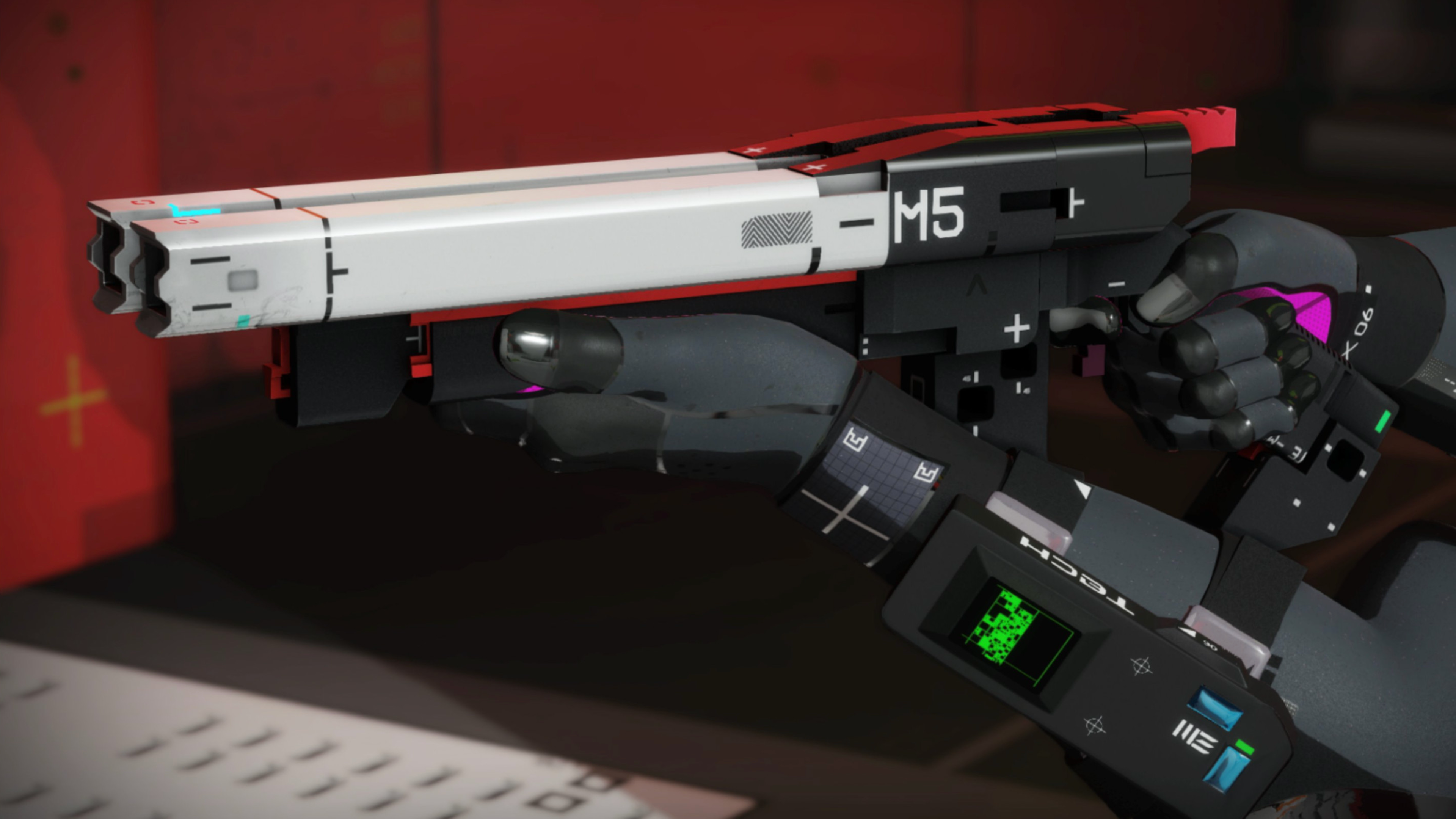
As for how they feel when fired, hey, it's a Bungie game: they feel great. For someone like me, with many 1,000s of hours in Destiny 2, it's like sliding into the comfiest suit of power armor. The shadow of Bungie's other live service game hangs heavy throughout Marathon, but the DNA is most obvious in combat—the bounce of your reticule, the arc of your grenade, the almost pornographically pleasing reload animations. It all drips with Bungie's signature shooter sauce.
Live service games simply don't launch with everything calibrated correctly right out of the gate. To put it politely, Bungie should know this better than anyone.
Marathon's base time to kill is punchy because the studio doesn't want players to win fights simply because they out-gear their opponents. If I get the drop on you, I need to be able to put you down even if you're rocking a purple tier shield. Still, it can feel oppressive when you're equipped with one of the poverty starter kits that the game hands you after a failed run, and you know you're up against runners with the net worth of Warren Buffett.
I expect that kind of power delta stuff to be extensively rebalanced based on player feedback from the alpha and beta tests. Likewise, I imagine there will be quite a bit of discourse about whether it's easy enough to spot whether distant enemies are actual players or AI bots. After a while you get a sense for how they move differently, but on more than one occasion I was caught out by a real runner using the PvE enemies as a distraction. That feels both like a legitimate strategy and a potential irritant. Again, feedback will be crucial. Live service games simply don't launch with everything calibrated correctly right out of the gate. To put it politely, Bungie should know this better than anyone.
Wall hacks for everyone
By the time you read this, the Marathon reveal livestream will have concluded, during which alpha sign-ups were announced. That will include four runners to select, all of which I've tested, with a further two coming at launch. You can think of runners as akin to classes: Each has a prime and tactical ability, plus two traits, making for genuinely distinct playstyles and consideration when it comes to team comp. In all our runs, having a Blackbird felt essential. Her Echo Pulse prime (ie ult) pings a large radius around her, highlighting enemies for teammates. Even cooler is her Interrogate trait, which enables you to perform a finisher on a wounded runner that simultaneously reveals the location of their remaining crew. You show me a team that doesn't want wall hacks, and I'll show you three losers.
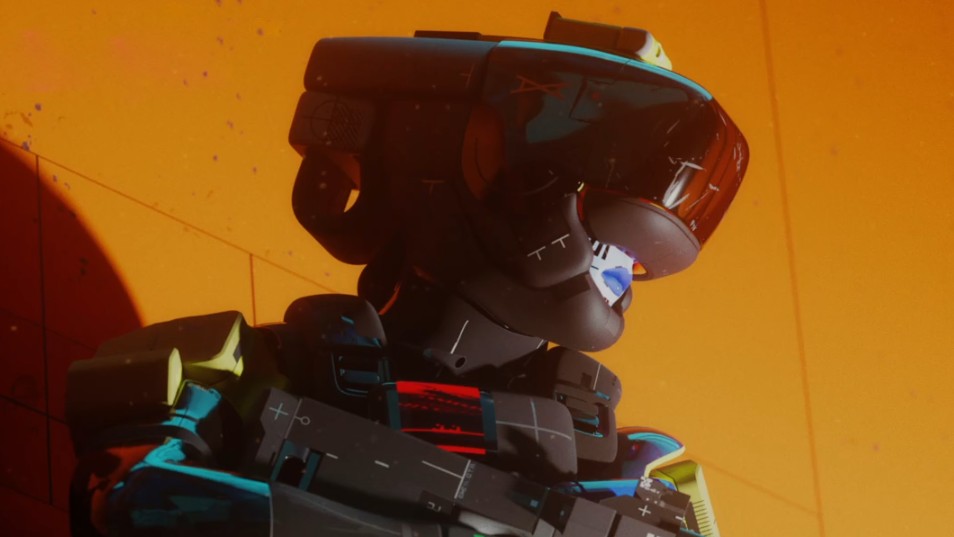
RUNNER PROFILE: BLACKBIRD
Prime: Echo Pulse
Tactical: Tracker Drone
Trait 1: Interrogation
Trait 2: Stalker Protocol
The coolest of the initial quartet, Blackbird's ability to provide map information is invaluable on any team. Because she gleans extra awareness from finishing opponents, it actually creates an incentive to keep wounded enemies alive until Blackbird is in position. As with everything in Marathon: risk=reward.
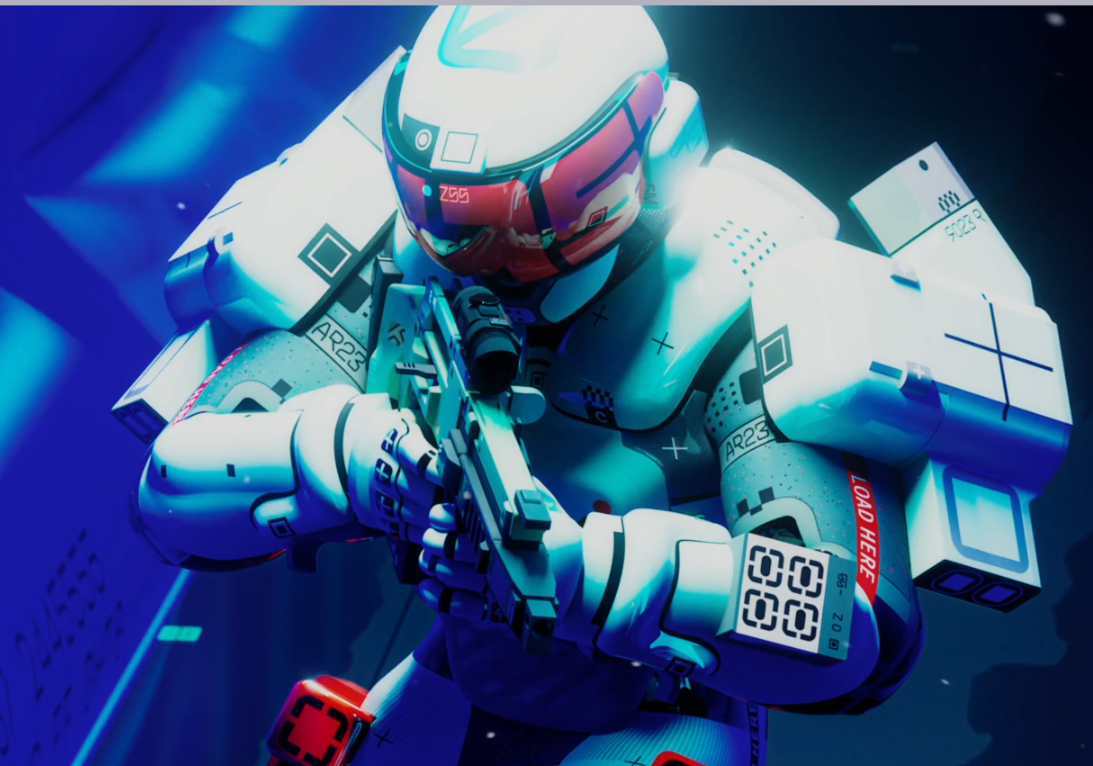
RUNNER PROFILE: LOCUS
Prime: Search and Destroy
Tactical: Riot Barricade
Trait 1: Thruster
Trait 2: Tactical Sprint
My biggest issue with Locus is that his bulky Mjolnir suit-looking ass makes him blend into the UESC bots at a glance. As the generic soldier choice, he combines strong defence in the form of a deployable shield and a powerful prime that temporarily adds tracking rockets to your outgoing weapon damage.
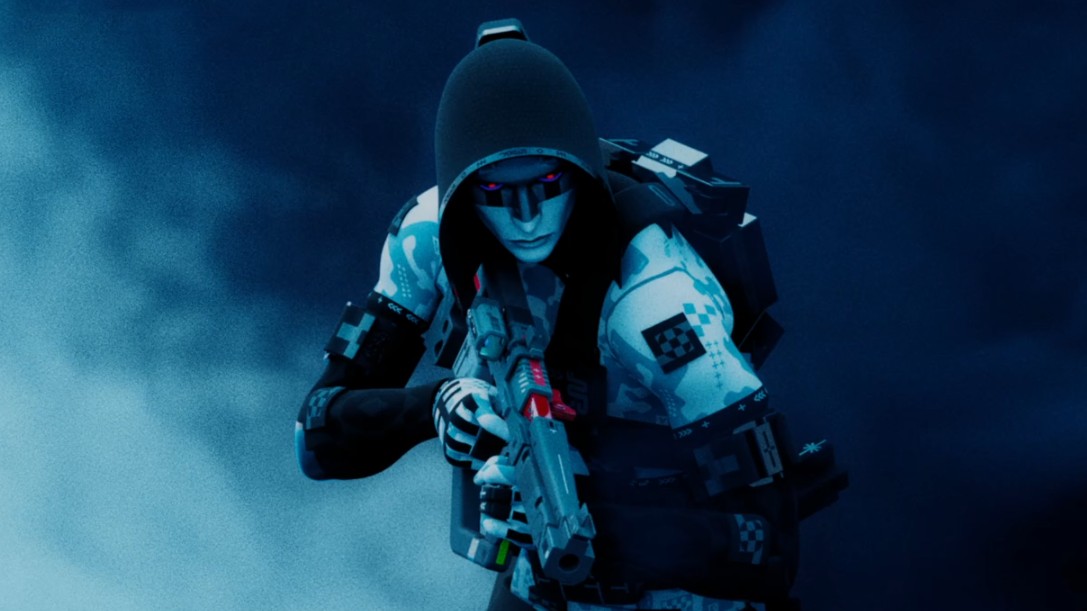
RUNNER PROFILE: VOID
Prime: Smoke Screen
Tactical: Active Camo
Trait 1: Shadow Dive
Trait 2: Shroud
If the name wasn't clue enough, Void's day job as a Stealth Assassin should be enough to tell you he's The Sneaky One. This is the character to pick if you like playing Nightstalker Hunter in Destiny 2, as his kit centres almost entirely on going invisible and talking in a growl.

RUNNER PROFILE: GLITCH
Prime: Amplify
Tactical: Disruptor
Trait 1: Microjets
Trait 2: Power Slide
Most of Glitch's power budget has been spent on her neutral game in the form of double jumps and long slides with little cooldown. Lore-wise she's a Martian freedom fighter and 'combat anarchist'. Glitch is likely to be the pick for high-skill sweats who like breaking opponents' ankles with crazy movement.
During my visit I bounced between all four available runners. Glitch is the high mobility option that will feel most familiar to Destiny veterans (Marathon is otherwise a notably slower, more deliberate game than its stablemate), while Locus is your generic beefcake whose shield tactical and damage-focused prime make him a strong, if somewhat boring, choice.
I found myself gravitating most towards Void, but not for his edgelord stylings. The ability to go invisible on demand is a great way to open engagements, with the 15-second duration feeling very generous, especially as firing your weapon only breaks stealth temporarily. His Smoke Screen prime is also clutch when it comes to reviving teammates or as an insurance policy during exfils.
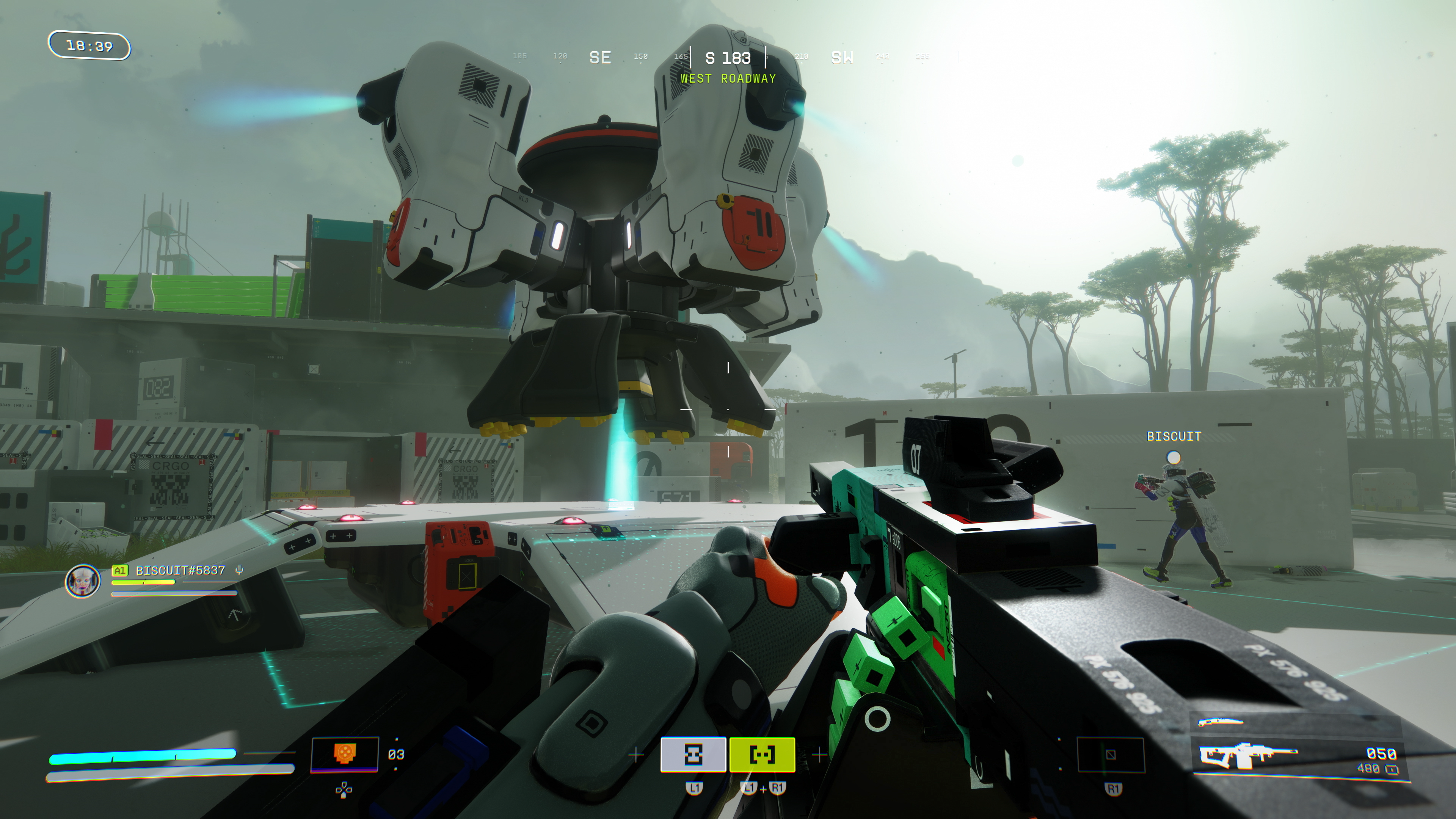
The focus on three-player crews encourages a pleasing tactical flow. If one player is downed, another can handle the revive, while the third provides cover. It also creates the potential for simple positional strategy. One of the more skilled teams in our session ran two aggressive attackers with their final player hanging back with precision weapons to make easy picks during the skirmish. Clearly, map knowledge will be a major determinant in Marathon's skill ceiling.
Two maps were available in our test, both of which will be included in the alpha. Perimeter is a woodsy mid-sized map designed for five crews, while Dire Marsh is a more open map with six crews in mind. They will be joined at launch by Outpost, a more claustrophobic, indoorsy map that will end up hosting either three or four crews.
What unifies all the maps is that stellar aesthetic, which Bungie senior concept lead Tobias Kwan calls variously "acid ROMS", "neon horror", and "graphic realism". In person it looks almost cel-shaded, but for how tactile the textures are. Marathon also avoids feeling cartoony by keeping the runners and their weaponry realistically proportioned. Kwan cites Breath of the Wild, Into the Spider-Verse and Mirror's Edge as touchstones, while also referencing sportswear, tactical gear, and (of course) cyberpunk in terms of the runners' wardrobes. As with everything in Marathon, there's a delicious sense of menace under the surface, which is only enhanced by an eerie soundtrack that fizzes with digital distortion.
What is the mystery of the UESC Marathon Ship?
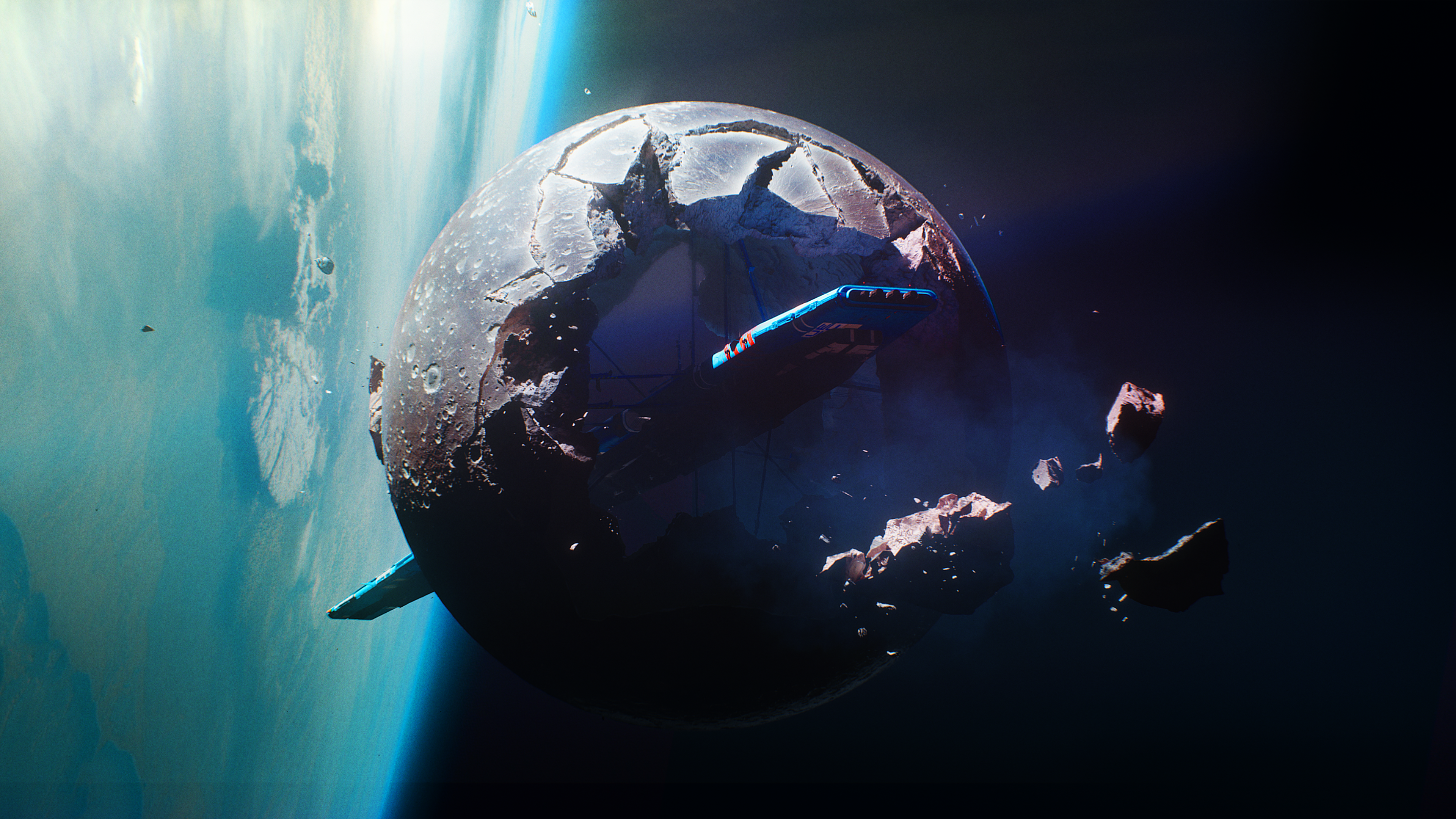
I'm a sucker for a haunted house in space, so I'm already itching to find out what's waiting on the UESC Marathon Ship.
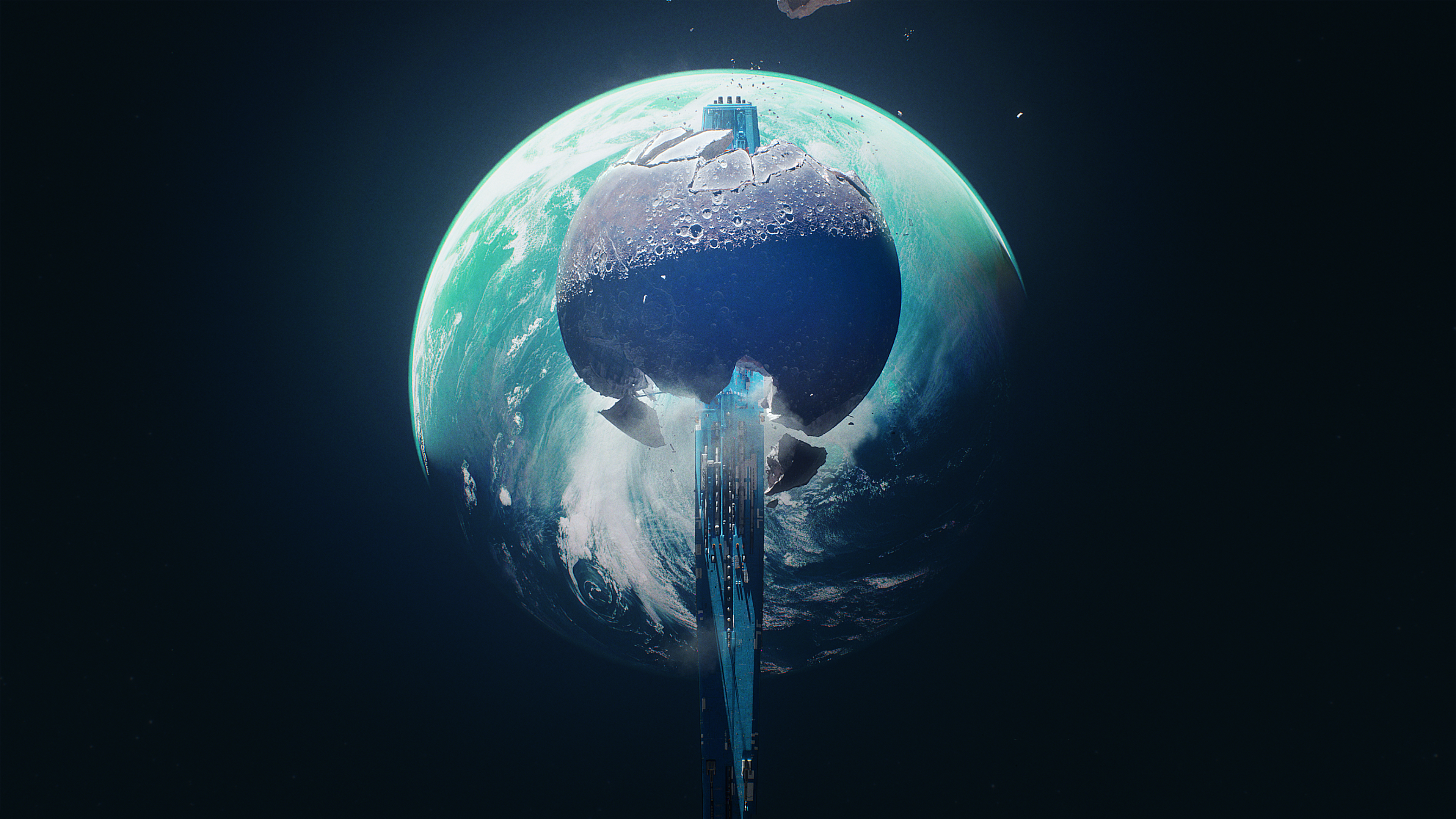
The Marathon colony ship was built into a chunk of the Martian moon Deimos. Doesn't sound hugely efficient to me, but I am no spaceship engineer.
Intriguingly, there is one more map we haven't seen, but it isn't set to arrive until a couple of weeks after launch. The UESC Marathon Ship is the titular vessel hanging in low orbit, which Bungie is billing as the hardest map. So why hold it back? Some of the content creators at the hands-on event have played older versions of it, and although they're locked into NDAs about the specifics, they seem genuinely convinced that the map is a game changer. There was even breathless talk that it could have the same energizing effect on Marathon that the Vault of Glass raid had on vanilla Destiny. Heady stuff.

Prior to joining the Marathon team in July 2023, Ziegler spent 12 years at Riot, working first on League of Legends before going on to become game director on Valorant, a project he co-founded.
I pressed Bungie for hints about what makes UESC Marathon Ship different from the other maps, and was told by game director Joe Ziegler that it has: "Other vectors of pressure". Somewhat less obscurely, he said there are objectives which lead to puzzles, "raid-like mechanisms" and different "gameplay stressors". To which I say: aliens.
There is breathless talk that the UESC Marathon Ship map could have the same energizing effect that the Vault of Glass raid had on vanilla Destiny
On the surface of Tau Ceti IV, you will encounter extraterrestrials in the form of scuttling red ticks which are about the size of a small dog. They're easily dispatched, and sometimes you'll need to destroy their nests in order to complete a contract for a faction. It's possible to work for multiple factions in Marathon, but you can only have one contract active at a time. Earning rep from factions unlocks their passive perks, like being able to buy a specific item from the game's Black Market. Picking up a bigger backpack is an early priority because, in the current build, the essential items you need to bring on each run—two types of ammo, shield boosts, med patches etc—take up too much inventory space, forcing you to make Sophie's Choice-style decisions about what loot you keep too early.
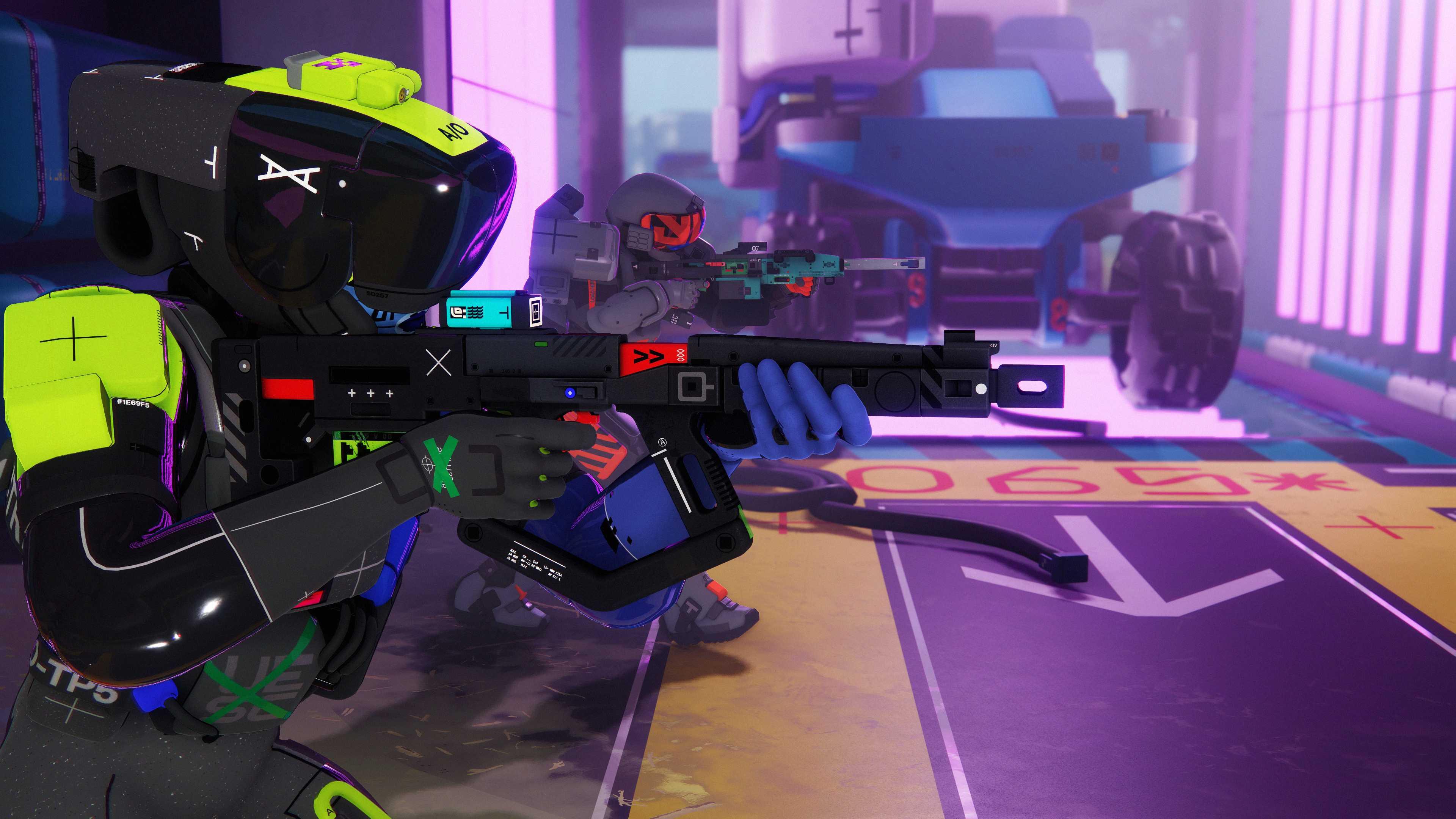
Some faction contracts are locked to specific maps, which may alleviate the risk of one map becoming the de facto community favourite while the others are left to rot. Bungie says all the factions will have secrets that can be uncovered over time, but not to expect week-to-week narrative beats like Helldivers 2. "We're not really focusing on the format that Arrowhead delivered [narrative] in, which is the ongoing war," Ziegler told me, "but what we do like is the idea of there being disruptive elements that help shift the narrative." It sounds like this stuff isn't totally locked down, but Bungie acknowledges the need to surprise players in order to keep them coming back. "We ideally want players, veteran or new, to hear the chatter and overall vibe of a new season and be like: 'Wait, we have to deal with what now?' In a good way."
Seasonal content and what still stands in Marathon's way

Bungie was acquired by Sony in July 2022 for a cool $3.6B, with the idea being that the publisher was looking to muscle-up its live service offering. Since then, Sony has seen huge success from Helldivers 2, but also the catastrophic flameout of Concord, the hero shooter from a studio founded by ex-Bungie devs that was shut down just two weeks after launch.
Complicating things further, Marathon has undergone substantial changes behind the scenes, with former Valorant director Joe Ziegler replacing Christopher Barrrett as game director. It later transpired that Barrett was terminated by Sony for allegedly inappropriate behavior with female employees, and is now involved in a lawsuit with his former employer for $45.5M he claims is owed.
Sony has also absorbed a substantial number of Bungie personnel in central service roles and an incubation project—a rumoured MOBA codenamed Gummy Bears. Back in February last year, SIE chairman Hiroki Totoki went so far as to demand more "accountability" for development budgets and deadlines. In Japanese corporate culture, that's about as public a rebuke as they come.
Solving what happened to the colony is going to be the main narrative driver across Marathon's seasonal model. As with other extraction shooters, your loot and faction perk progress will be wiped at the end of each season, which are expected to last three months. In addition to new story stuff, there will be the usual gamut of weapons, components and mods added.
I wasn't lucky enough to find one, but gold tier rarity mods exist that substantially change the performance of specific guns. For example, the Magnum can be turned into a pocket sniper—with no drawbacks—using a gold scope, while the Railgun can have an AoE detonation added to its beam. Snagging one of these from a downed runner is going to feel like hitting the jackpot.
New seasons will also bring additional runners, and inevitably cosmetics, although it sounds like maps will be relatively rare—probably only one or two a year. Which brings us to perhaps the biggest issue facing Marathon: price. So far Bungie hasn't confirmed how much Marathon will cost, only saying it will be a premium product.
Tarkov isn't free either, but it's the incumbent from which Bungie will need to lure players. And even then, the question remains: Will the extraction shooter genre, which feels inherently designed to generate as much stress as it does happiness, ever be mainstream enough to support the kind of success Bungie and Sony need to fund a game with the high production values Marathon has?
My biggest worry is how Marathon can mitigate the bad vibes from those shuttle crash runs when you lose everything. I put it to Ziegler that players need some sort of lockbox in which they can protect a single item from a failed run.
So far Bungie hasn't confirmed how much Marathon will cost, only saying it will be a premium product.
As it turns out, Tarkov already has that in the form of the Kappa secure container, although that can't hold guns and is so grindy to obtain that few players will see one in a season. Ziegler points to the fact you can still earn XP and complete contracts even if you don't make it to exfiltration, but to me progress on an XP bar feels like the thinnest of gruel, although I do concede that not every failed run felt awful if the gunfights were particularly good.
Later on, senior design lead Lars Bakken explained that ring-fencing items in that way could cause duping issues due to the way Marathon handles gear sharing. It'll be interesting to see what the feedback is around gear loss from the alpha and beta. Perhaps the real loot will be our own dead bodies left along the way.
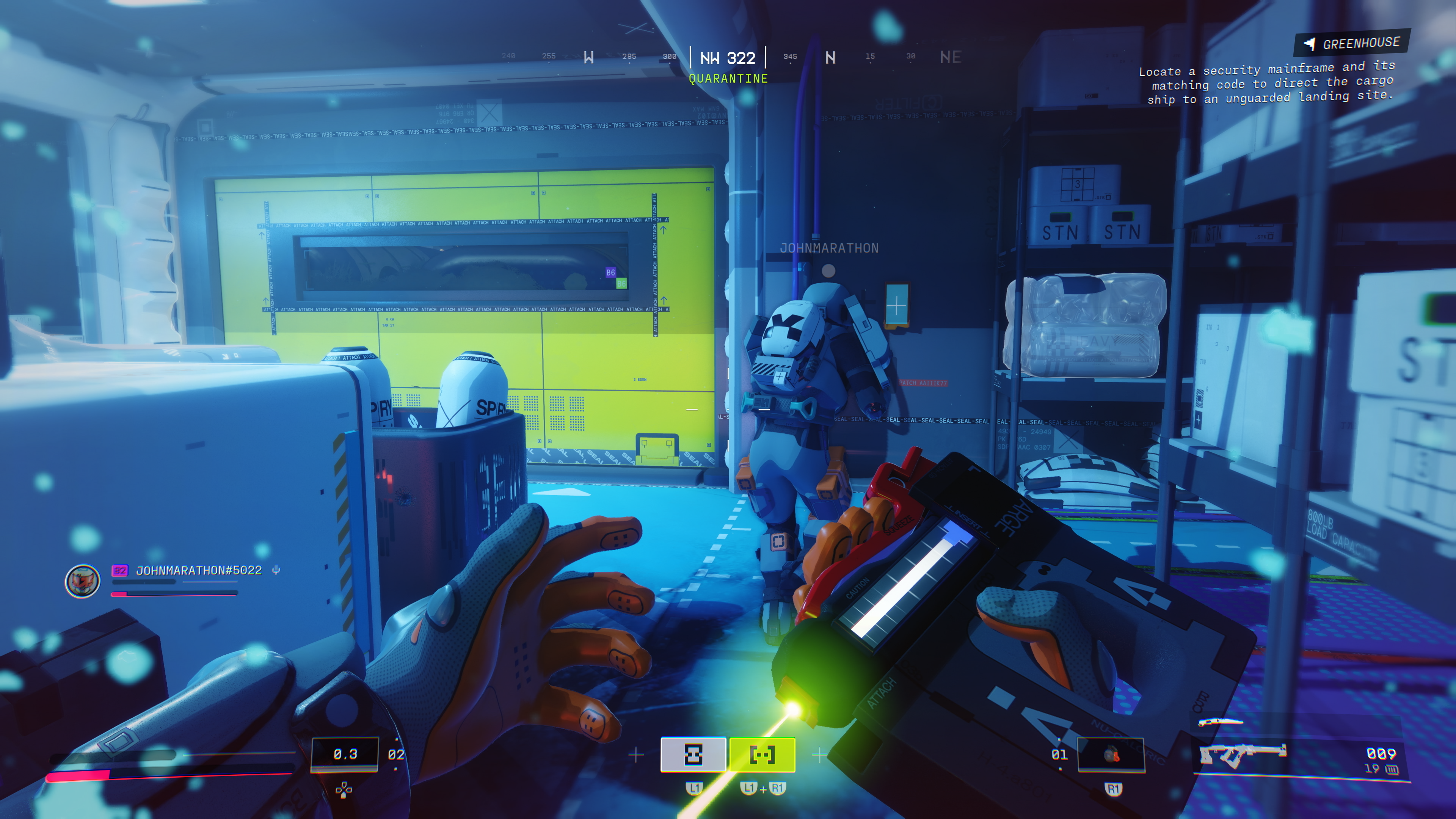
Even if the game blows up on Twitch, it's hard to imagine Marathon will bottle lightning quite like Helldivers 2 did.
One thing I am certain of is that Sony will need some patience. Even if the game blows up on Twitch, it's hard to imagine Marathon will bottle lightning quite like Helldivers 2 did. The genre is too hardcore to have that sort of instant mainstream success. Before playing Marathon, I had substantial doubts about whether, even as someone with so much time in Destiny 2, I would enjoy the high-stress setting on an extraction shooter. But I left the session wishing I could log back on for another run.
Which is not to say my worries have been allayed. In fact, over two and a half decades of covering videogames, I can't think of many games which have been freighted with more problems to solve. From a spooked Sony, to the inherently hostile nature of the genre, and Bungie's own chequered history with Destiny's live service model, monetisation, and especially PvP balancing. These are substantial hurdles the game has to clear. Which is why just being good still might not be enough for Marathon.
But what I played last week? Definitely good.
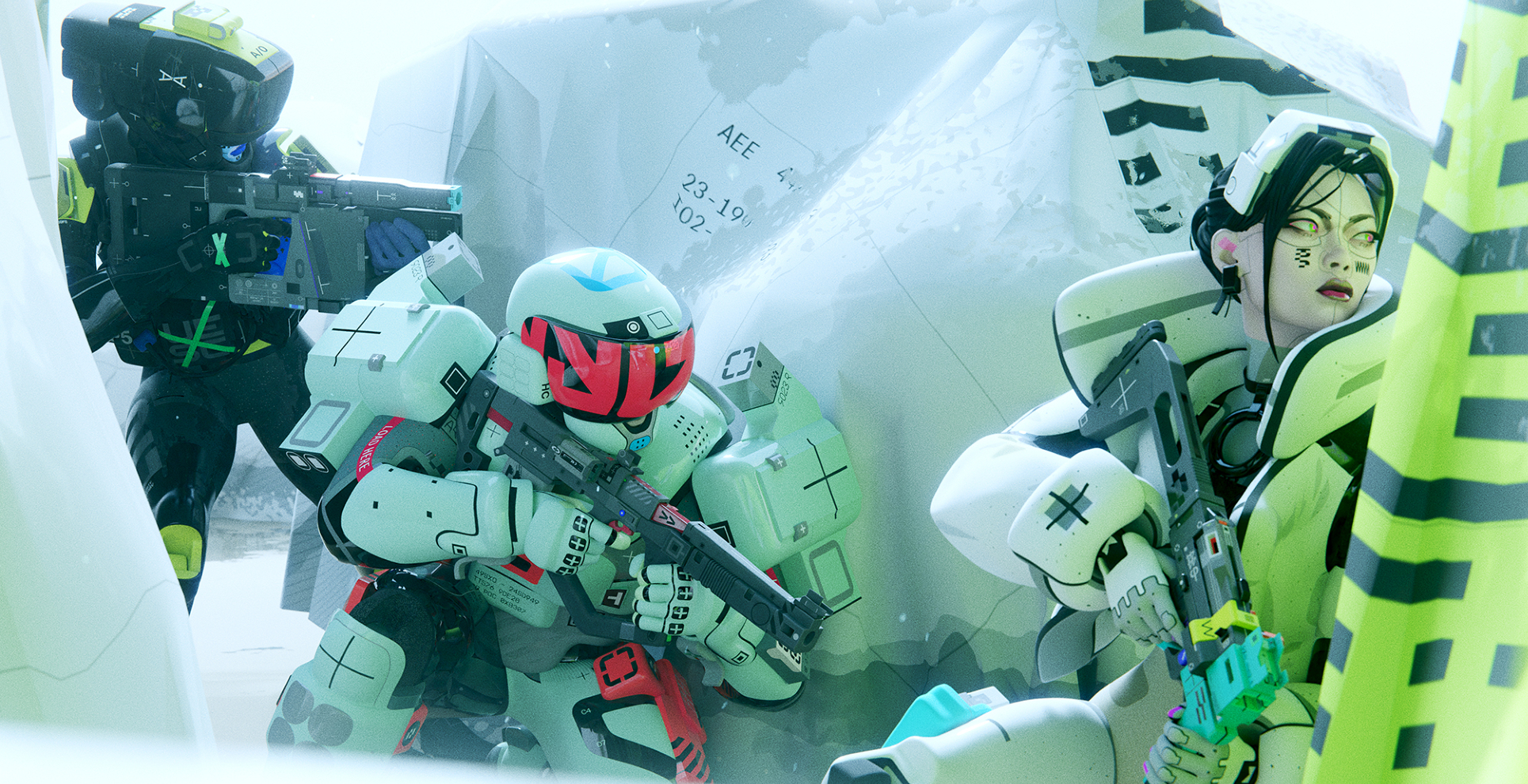
Hands-on with Marathon: We played eight hours
Marathon: Everything you need to know
Marathon proximity chat: Why it isn't happening
Marathon is a story engine: Bungie hopes dying won't feel punishing
Marathon animated short: Bungie hired an Oscar winner to make a pretty ad
With over two decades covering videogames, Tim has been there from the beginning. In his case, that meant playing Elite in 'co-op' on a BBC Micro (one player uses the movement keys, the other shoots) until his parents finally caved and bought an Amstrad CPC 6128. These days, when not steering the good ship PC Gamer, Tim spends his time complaining that all Priest mains in Hearthstone are degenerates and raiding in Destiny 2. He's almost certainly doing one of these right now.
You must confirm your public display name before commenting
Please logout and then login again, you will then be prompted to enter your display name.
